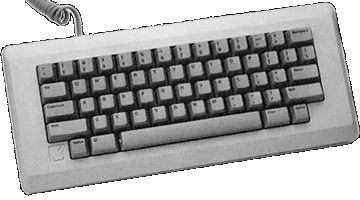iPhone 4

Essentials
Family: iOS
Codename: ?
Minimum OS: iOS 4.0
Maximum OS: iOS 7.0.4
Introduced: June 2010
Terminated: September 2013
Processor
CPU: Apple A4 (ARM Cortex-A8)
CPU Speed: 800 MHz
FPU: integrated
Bus Speed: ?
Register Width: 32-bit
Data Bus Width: 64-bit
Address Bus Width: 32-bit
Level 1 Cache: 32 kB data, 32 kB instruction
Level 2 Cache: 512 kB on-processor
Onboard RAM: 512 MB
Maximum RAM: 512 MB
Video
Screen: 3.5" multi-touch
GPU: PowerVR SGX 535 (via A4)
Max Resolution: 960x640 ("Retina")
Video Out: composite, component, VGA (via Dock Connector adaptors)
Camera: 5 MP back (w/LED flash), VGA front
Storage
Flash Drive: 16/32 GB
Input/Output
USB: via Dock Connector
Audio Out: stereo 16 bit mini
Speaker: mono
Microphone: mono
Sensors: Accelerometer, Proximity sensor, Ambient light sensor, Three-axis gyro
Networking
Wi-Fi: 802.11b/g/n
Bluetooth: 2.1+EDR
Cellular:
- GSM/EDGE (850, 900, 1800, 1900 MHz)
- UMTS/HSDPA (3.6 & 7.2 Mbps) (850, 900, 1900, 2100 MHz)
Location: GPS, Digital Compass
Miscellaneous
Battery Life:
- Talk 7 hrs (3G)/14 hrs (EDGE)
- Standby 300 hrs
- Internet 6 hrs (3G)/10 hrs (Wi-Fi)
- Video 10 hrs
- Audio 40 hrs
Dimensions: 4.5" H x 2.31" W x 0.37" D
Weight: 0.3 lbs.

Introduced in June 2010, the iPhone 4 replaced the iPhone 3GS, and included the same Apple-designed A4 processor found in the iPad. External improvements included a slimmer, redesigned case, a 5 megapixel camera with LED flash, a VGA-quality front-facing camera, and a stunning new 960x640 LED-backlit display. Apple claimed that the new display, branded the "Retina display," was so high-resolution that at at standard reading distances, the human eye would be unable to distinguish individual pixels.
Under-the-hood improvements included the afore-mentiond A4 processor, a faster graphics subsystem, improved battery life, and a 3-axis gyroscope which, when combined with the existing accelerometer, provided 6-axis motion detection. The iPhone 4 included the newly re-branded iOS 4.0, which brought a number of improvements, including multitasking and folders. In addition, the iPhone 4 included a new video calling feature, called "FaceTime," and the capability for 720p 30 fps HD video recording and editing.
The iPhone 4 was sold in two models, keeping the same price-points as the iPhone 3GS the year before: a black 16 GB model for $199, and white or black 32 GB models for $299, including a 2-year contract. Due to manufacturing and quality problems, the white iPhone did not ship until April of 2011. In October 2011, with the introduction of the iPhone 4S all models were replaced with a single 8 GB model (in white or black), for $99 with a 2-year contract (for AT&T or Sprint), or $549 without. In September 2012, the subsidized price was dropped to zero. The iPhone 4 was discontinued in September 2013.
Picture Credits:
Apple, Inc.
